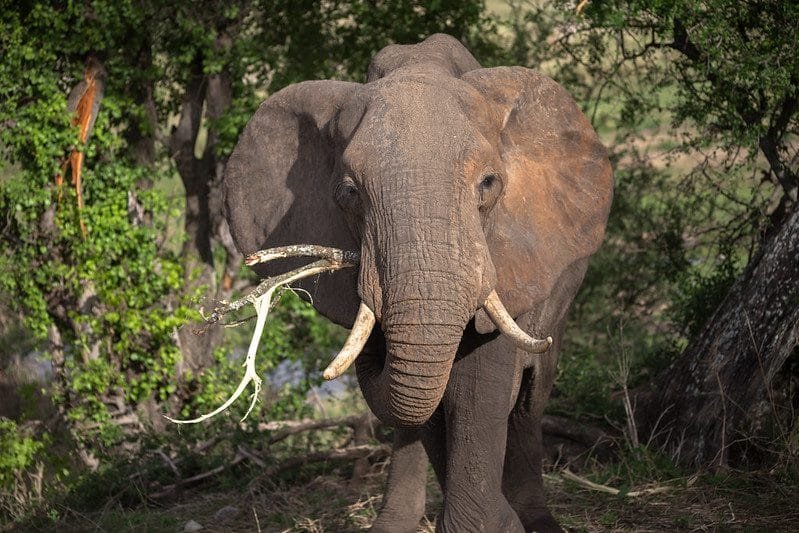
INTERNATIONAL
info@allinafricasafaris.com
INTERNATIONAL, 24/7 Help Support
USA/CANADA | M-F 9:00 am - 5:00 pm

Embarking on a Tanzania adventure safari tour is a thrilling opportunity to witness Africa’s majestic wildlife in its natural habitats. As you immerse yourself in this awe-inspiring experience, capturing memorable photographs becomes a key part of preserving and sharing the magic of your safari journey. In this guide, we’ll share valuable tips and techniques to help you photograph wildlife effectively and create stunning visual memories that will last a lifetime.
Pack the Right Gear: Before setting off on your safari adventure, ensure you have the appropriate photography gear to capture wildlife moments with clarity and detail. A digital SLR camera with a telephoto lens (200mm to 400mm) is ideal for zooming in on distant subjects without disturbing them. Don’t forget to bring extra memory cards, batteries, lens cleaning tools, and a sturdy camera bag to protect your equipment during bumpy safari drives.
Understand Wildlife Behaviour: Knowledge of animal behaviour is crucial for anticipating and capturing captivating wildlife shots. Take time to observe the animals’ movements, habits, and interactions with their environment. Understanding their behaviour patterns can help you predict moments of action, such as a lioness on the prowl or a herd of elephants at a watering hole, allowing you to be ready to capture the perfect shot.
Patience is key. Wildlife photography requires patience and persistence. Animals may not always be active or visible, so be prepared to wait for the right moment. Patience can reward you with unique opportunities, such as a leopard lounging in a tree or a family of giraffes crossing the savannah against a dramatic sunset. Use quiet observation and avoid sudden movements that may startle or disturb the wildlife.
Focus on the Eyes: In wildlife photography, the eyes of the animal are often the most captivating feature. Aim to focus your shots on the animal’s eyes to create a connection and convey emotion in your photographs. Use a wide aperture (low f-stop number) to achieve a shallow depth of field, blurring the background and drawing attention to the subject’s eyes.
Composition and Framing: Pay attention to composition and framing to create visually compelling wildlife images. Experiment with different angles, perspectives, and framing techniques such as the rule of thirds, leading lines, and negative space. Incorporate elements of the animal’s natural habitat to add context and storytelling to your photos, showcasing the beauty of the African wilderness.
Utilise Natural Light: The golden hours of early morning and late afternoon offer soft, warm light that enhances the colours and textures of wildlife subjects. Plan your safari drives around these times to capture stunning sunrise and sunset moments. Avoid harsh midday sunlight, which can create harsh shadows and overexposed images. Use exposure compensation to adjust for varying lighting conditions and maintain balanced exposures.
Capture Action and Behaviour: Wildlife photography comes alive when it captures moments of action, movement, and unique behaviours. Be ready to photograph animals in motion, such as a cheetah sprinting or a herd of wildebeests during migration. Continuous shooting mode (burst mode) can help capture rapid sequences of action, increasing your chances of getting the perfect shot.
Respect Wildlife and Environment: While capturing captivating wildlife photographs is exciting, it’s essential to prioritise the well-being and respect of the animals and their natural habitat. Adhere to ethical wildlife photography guidelines, maintain a safe distance from wild animals, and avoid disrupting their natural behaviours for the sake of a photograph. Remember, the best wildlife shots often come from patient observation and responsible photography practices.
By applying these tips and techniques, you can elevate your wildlife photography skills and capture breathtaking moments during your Tanzania adventure safari tour. Remember to immerse yourself in the beauty of nature, savour the moments of wildlife encounters, and let your photographs tell the story of your unforgettable safari experience.






